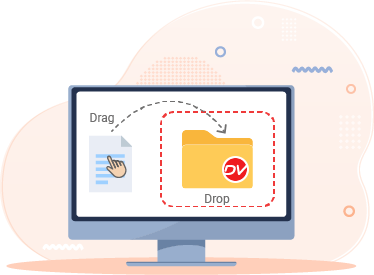The Most Common Mistakes in Implementing DMS and How to Avoid Them

Show me a house that is built without a blueprint. Nuts, isn’t it? If it seems so implausible to make a house with a blueprint, why implementing DMS without a plan doesn’t? Robert McDowell in his book ‘In Search of Business Value’ very aptly said, “Technology provides no benefits of its own; it is the application of technology to business opportunities that produces ROI.”
In this blog post, we will understand 3 common mistakes people make when implementing document management software in their organizations so you can avoid making them.
“Just do it!”
CIOs and CFOs have this immediate need to measure ROI just months after implementing it. This is why the most prevalent attitude is to ‘just do it!’ Neither staff nor the managers are given enough time to work a way around DMS.
The truth is it will take at least a few months for you to get everything in order, set paths, organize folders, decide retention schedules and get each and every piece of your document in your DMS.
“Here’s a solution, now what was the problem again?”
The normal flow of things is problem > analysis > solution. However, with the hype surrounding SaaS and software tools, everyone is in a rush to adopt technology without thinking through. The fear of slowing down and losing out to competitors is more often the reason people adopt a technological solution.
Though we wouldn’t discount the benefits of software technology, we recommend identifying problems and analyzing step by step solutions before adopting DMS. If you know the problem areas in your organization, you will be more equipped to solve them with the use of DMS.
“Our team consists of young people who don’t need steep learning curve or change management.”
Changes at macro and micro level, both affect employees in a very big and real way. Will it affect my job? Will I be laid off if I don’t adapt to change? Will the change mean promotion or demotion for me? So on and so forth. This is why it is very important for management to prepare all the teams to be ready for change prior to its implementation.







